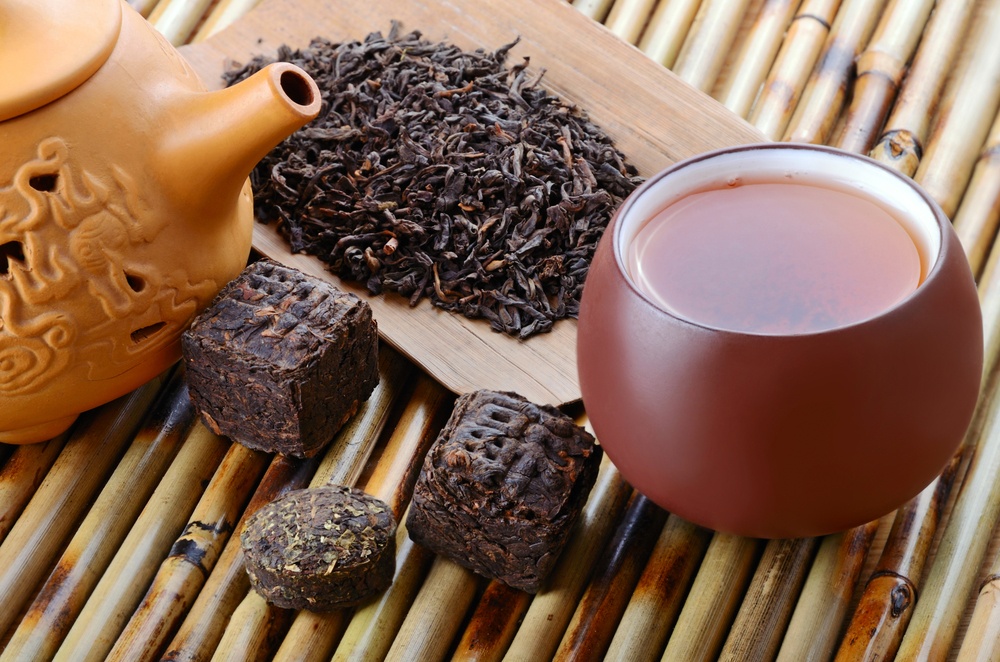
The yeast used in fermentation for winemaking is Saccharomyces cerevisiae. Tea fermented with this microorganism produces a novel green tea with enhanced aromas and the same important health benefits that it is known for.
The flavor of tea can be modified through enzymatic and microbiological processes or by adding flavorings. For example, pu-er tea is produced through microbial fermentation with Aspergillus Niger.

This helps to produce key volatiles responsible for the tea’s characteristic aroma and flavor. Yeast metabolism affect bioactive, flavor and aroma compounds.
The results showed that fermenting green tea with S. cerevisiae did indeed affect key components of the green tea, most notably certain aroma compounds such as linalool and 2-phenylethanol. These are responsible to give the tea strong floral and fruity notes.
On the other hand, compounds such as caffeine, theobromine, and theophylline were significantly reduced. Importantly, the antioxidant capacity did not change.
Comments
Post a Comment